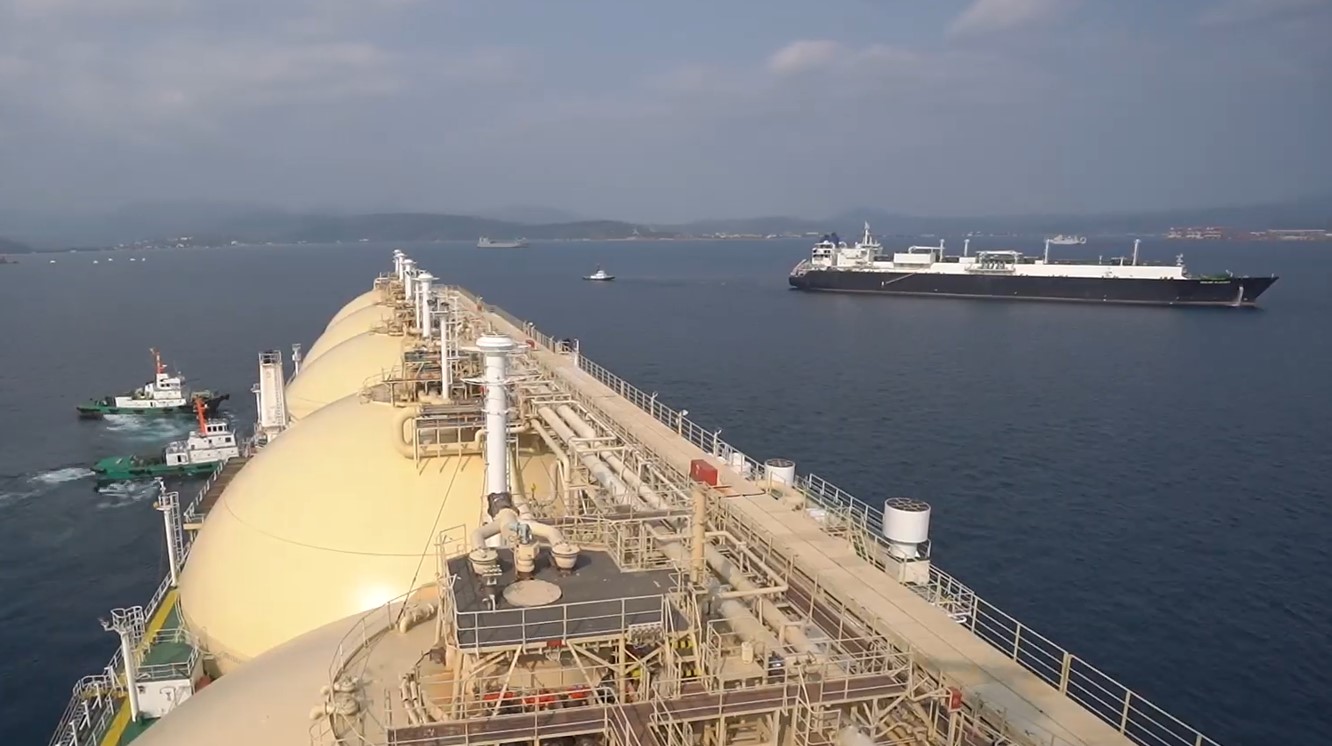Singapore’s LNG firm AG&P announced the arrival of the commissioning cargo for the first LNG import terminal in the Philippines.
Energy trader Vitol said on April 3 it will deliver the first cargo of LNG to the Philippines onboard the 161,900-cbm LNG vessel, Golar Glacier, in mid-April to commission AG&P’s LNG import terminal in Batangas Bay.
Vitol said this cargo will be used to cool down the 137,500-cbm floating storage unit, Ish, and commission the country’s first LNG terminal near Manila.
It will supply this first LNG cargo to San Miguel Global Power.
Also, Vitol loaded this LNG cargo in Das Island, UAE, supplied under long term contract by its partner Adnoc.
AG&P said on Monday in a video update (below) that Golar Glacier and Ish performed a ship-to-ship (STS) LNG transfer during April 8-9 to cool down the latter’s five LNG tanks.
The firm did not provide any additional information.
According to Golar Glacier’s AIS data provided by VesselsValue, the cool down op took place in Subic Bay, located north from Batangas Bay.
The LNG carrier, owned by CoolCo was still located in Subic Bay on Tuesday, while Ish was located offshore the bay, the data shows.
LNG terminal
In October last year, AG&P said it expected to launch the first LNG import terminal in the Philippines by March 2023.
The facility will feature the converted FSU, which AG&P chartered from Adnoc for a period of up to 15 years.
Also, the FSU will be capable of loading LNG at a peak rate of 10,000 cbm/hr and a discharge-to-shore peak rate of 8,000 cbm/hr.
It is a central component of the combined offshore-onshore import terminal that will have an initial capacity of 5 million tonnes per annum.
In addition to the FSU, McDermott’s unit CB&I Storage Solutions has won contracts to build two storage tanks for the LNG import terminal in the Philippines.
Philippines LNG will store and dispatch regasified LNG to power plant, industrial and commercial customers but also other consumers.
The Philippines has several LNG import facilities on the table as the Malampaya gas field becomes less reliable in producing and providing sufficient fuel supply for the country’s existing gas-fired power plants.
This includes First Gen’s Batangas FSRU-based LNG import terminal which should launch operations later this year.

